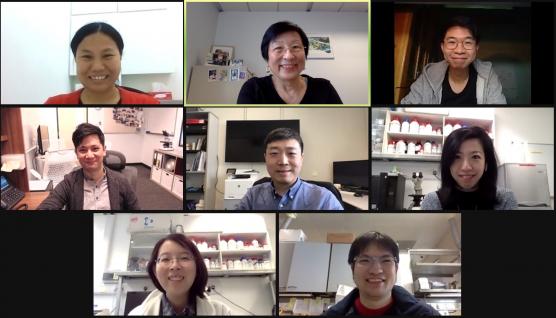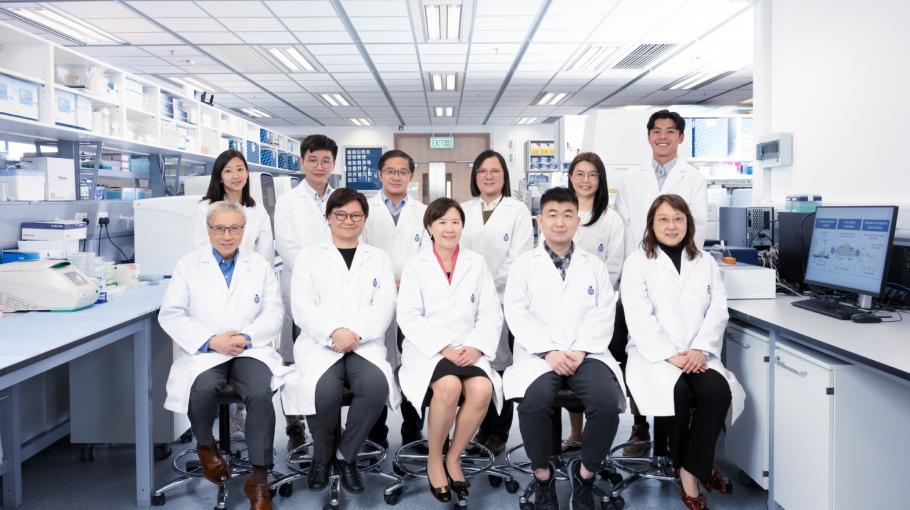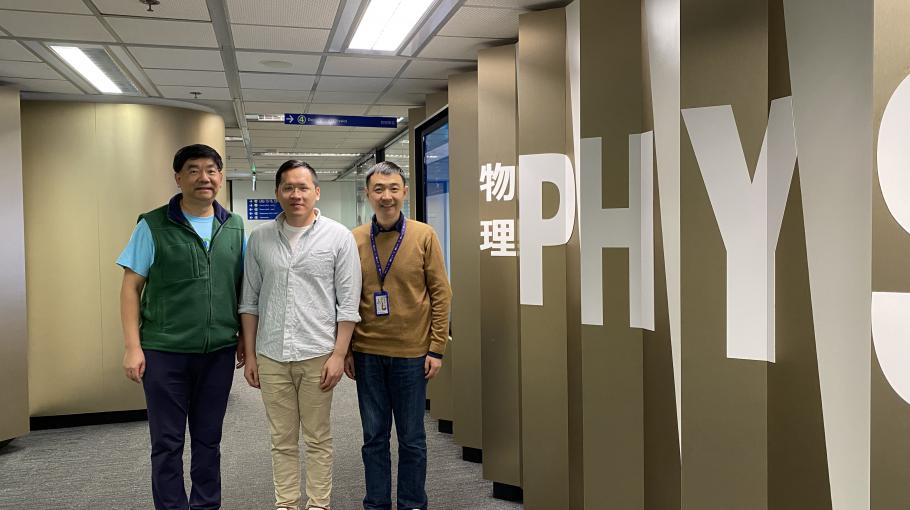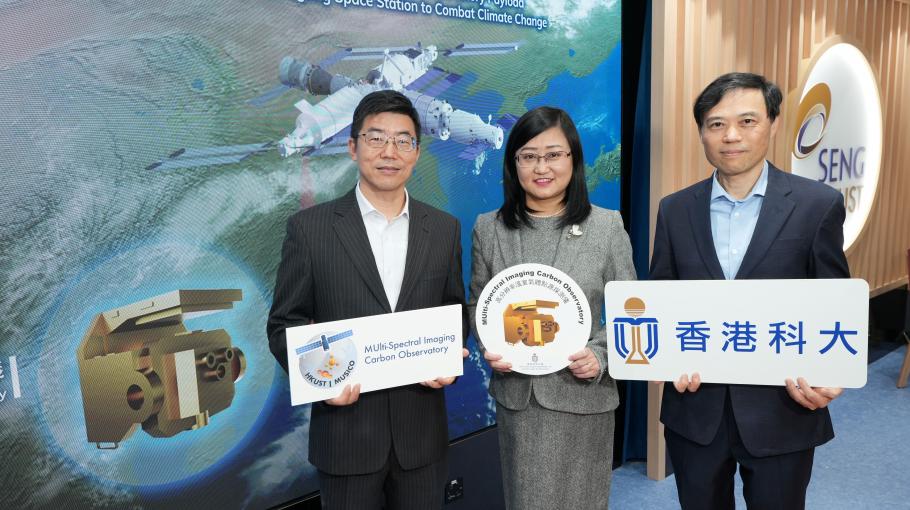Researchers from the Hong Kong University of Science and Technology (HKSUST) and the University of Hong Kong (HKU) recently demonstrated that the selectivity determinant of Origin Recognition Complex (ORC) for DNA binding lies in a 19-amino acid insertion helix in the Orc4 subunit, which is present in yeast but absent in human. Removal of this motif from Orc4 transforms the yeast ORC, which selects origins based on base-specific binding at defined locations, into one whose selectivity is dictated by chromatin landscape (genomic nucleosome profile), a characteristic feature shared by human ORC.
Further understanding of the preferred DNA shapes and nucleosome positioning requirements will provide new insights for the plasticity of the human ORC in selecting replication initiation sites during programmed development and disease transformation, and also help identify potential targets for anti-cancer drug screening and therapy design.
All living creatures, from simple unicellular yeast to complex multicellular human being, propagate through cell divisions. Each division requires the exact replication of the genome DNA, which is the blueprint of the identity of every organism. Over-replication may lead to cancers and under-replication may lead to developmental defects such as Meier-Gorlin syndrome. DNA replication is initiated at replication origins by ORC and other protein complexes assembled at these sites.
Interestingly, ORC is highly conserved in protein structure and function from yeast to human, but targets DNA sites that bear no obvious common features in these two systems. What causes this difference? This question had puzzled the scientists for decades.
"Structure informs function," said Prof. Bik TYE, lead researcher and Senior Member of the Institute for Advanced Study, HKUST. "In 2018, we solved a high-resolution structure of the yeast ORC using cryo-electron microscopy. When we compared the structures between yeast and human, we found one important difference between them, which lies in one subunit of ORC--Orc4."
"The yeast Orc4 has an additional 19-amino acid motif which makes specific contacts with origin DNA and is not present in human," said Prof. Tye. "We immediately realized that this short motif of Orc4 might be a critical factor that causes the different behaviors of ORC in DNA binding between yeast and human. We then deleted this motif in yeast cells to test if it could convert the yeast ORC into one that behaves with human-like properties. Indeed, the engineered ORC in yeast behaves more like a human ORC, or as we call it, a humanized ORC."
DNA replication is one of the most fundamental processes in living cells. It is catalyzed by a similar set of replication machineries from yeast to human. In yeast cells, DNA replication starts from a set of sites, termed as replication origins. These sites share a specific DNA sequence, which can be recognized by a six-subunit protein complex known as origin recognition complex (ORC), Orc1-6. ORC binds to origin DNA, then serving as a platform to recruit Mcm2-7 helicase onto DNA. Mcm2-7 helicase is the machine responsible for separating double-stranded DNA to provide templates for DNA replication.
"The activities of each origin are tightly regulated to ensure genome integrity," said Prof. ZHAI Yuanliang, collaborator of the study and Assistant Professor at the School of Biological Sciences, Faculty of Science at HKU. "Mis-regulation of replication initiation can cause either under- or over-replication of chromosomal DNA, which will induce DNA strand breaks, gross chromosomal rearrangements, and genome instability, a characteristic of almost all human cancers."
Inhibition of replication initiation is considered as an effective anti-cancer strategy for the selective killing of cancer cells through apoptosis while normal human cells arrest in G1 state (growth) or withdraw from the cell cycle into G0 state (inactive).
"Our studies lay a solid foundation to identify pairs of interactions, that are critical for origin recognition and helicase loading, with the potential as targets for anticancer drug screening and design," Prof. Zhai noted.
"This study demonstrates the power of multi-disciplinary approaches to answer fundamental questions in life sciences." commented Prof. Danny LEUNG, Assistant Professor at the Division of Life Science, HKUST, and Director of HKUST's Center for Epigenomics Research. Prof. Leung's team was responsible for the epigenomics and bioinformatic analyses of this study. The Center coordinates the efforts of the Hong Kong Epigenomics Project and facilitates regional researchers in carrying out epigenomic studies.
"It began with the atomic model of the yeast ORC bound to origin DNA and the discovery that a single motif in one of the subunits is responsible for the base-specific recognition of DNA by ORC. We conducted genome-wide assays and biochemical experiments to define binding characteristics, which led to the model that removal of this motif is the basis for the behavior of the human ORC, culminating in an insight for the evolution of ORC as eukaryotes adopt more complex genomic and epigenomic structures. This insight also bears critical information on disease transformation that is often associated with the plasticity of DNA replication," Prof. Leung observed.
The study was published in the journal Nature Communications on January 4, 2021.






